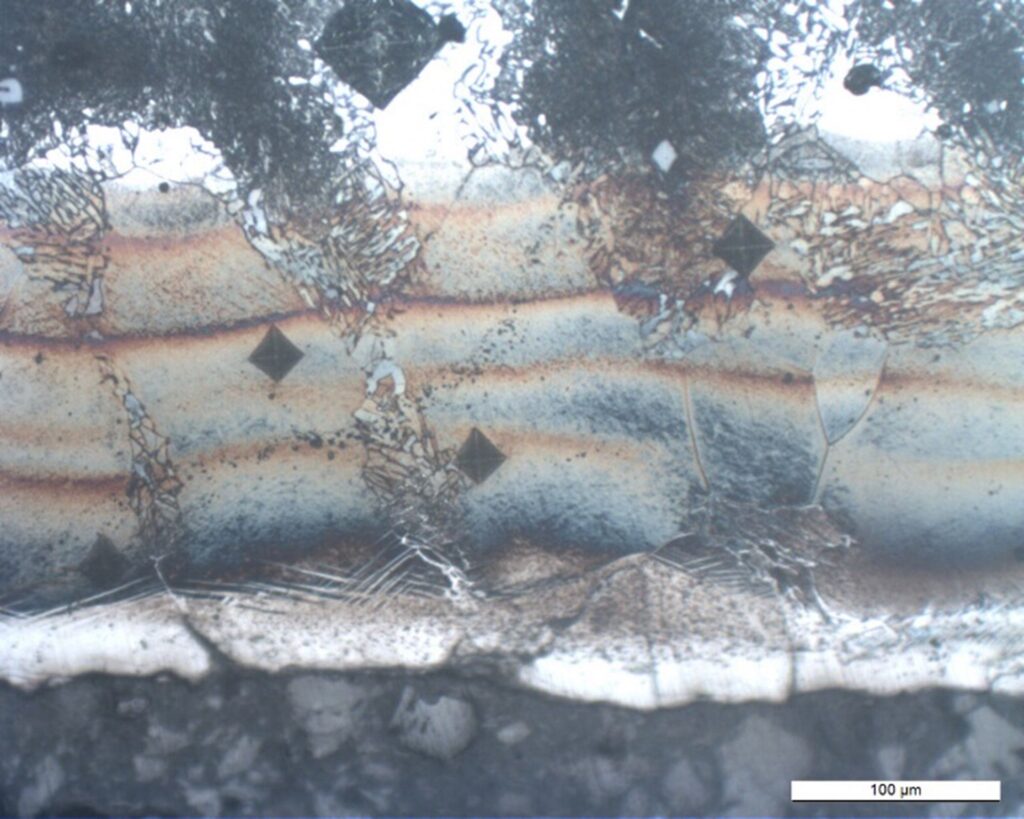The new LIGHTALLOY STEEL sustainable steels family developed by the AZTERLAN Metallurgy Research Center replaces certain critical alloying elements that are scarce in nature and suppose a dependence on third countries. These innovative materials also promote a significant weight reduction making them “very aligned with sustainability and weightlightening challenges faced by the vehicle manufacturing industry”.
Due to their mechanical properties, medium-alloy steels are commonly used in the manufacture of components for sectors such as machine tooling or transport (automotive, railway, shipmaking and aeronautical sectors). However, they incorporate some alloying elements that are scarce in nature, such as chromium, nickel, vanadium or molybdenum, whose presence also contributes to making the price of the parts more expensive. In addition, these alloying elements hinder the subsequent recycling of the components after their useful life comes to an end because, in many cases, a transfer to other qualities of material is given and, therefore, their sorting during the recycling process is difficult.
In order to avoid these alloying elements, AZTERLAN has developed a new family of more sustainable steels, commercially named after Lightalloy Steel (protected by patent), obtained by replaceing these elements by the addition of manganese and aluminum, which can be “found in abundance in nature and that are, in turn, significantly more economical. They are also present in practically all steel grades”.
In the words of Fernando Santos, coordinator of the Other Materials and Processes area of the AZTERLAN Metallurgy Research Centre, “these new sustainable steels offer mechanical properties similar to those of conventional medium-alloy steels, with a significantly lower density: up to 8% lower. To get a reference, the steel components currently used in the steering systems of heavy-duty vehicles are usually made of medium-alloy steels with densities around 7.8 kgs/dm3. The new Lightalloy Steel family offers density values of 7.2-7.3 kgs/dm3. That is, if compared to the products present in the market, they offer a significant reduction of weight for similar mechanical properties”. These new materials also have other additional advantages such as a “high nitrurability, which ensures additional wear resistance in applications where, additionally to mechanical stress, this property is also necessary”.
The AZTERLAN researcher also highlights “the industrial manufacturability” of these steels, stating that “far from being a laboratory material, they can be produced at industrial scale, both through the use of conventional manufacturing technologies (casting) and through vacuum technologies (which was used in their conception)”. The mechanical results offered by these steels has already been validated for both production methodologies.
Because of all these reasons, “these materials are definetly aligned with the sustainability and weight reduction challenges faced by the transport industry and we firmly believe that they are called to occupy a predominant place in the manufacture of components for heavy vehicles such as trucks or railway, among others”.


